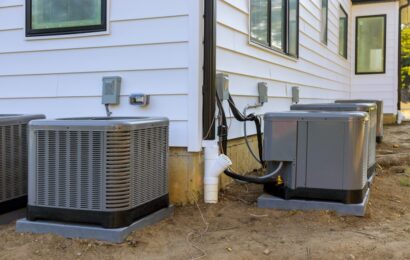
Homebuyers are becoming increasingly aware of the value of an environmentally friendly home. Not only is having a sustainable home an important way of reducing carbon footprint during a climate crisis, but they can also lead to financial benefits like lower energy bills, cheaper home insurance and higher property value.
So, what should you consider if you want to build an eco-friendly home?
In this article, we’ll share five considerations for building an environmentally friendly home.
- Sustainable materials
The most environmentally friendly homes use a high proportion of responsibly sources and sustainable products and materials in their construction. There are several ways to ensure the products and materials you use during construction are as sustainable as possible, including sourcing locally and using natural products like bamboo and sheep’s wool insulation whenever possible.
- Insulation
Eco-friendly houses need to take insulation into special consideration. Having better insulation improves the thermal efficiency of a building, allowing to maintain its temperature without over-reliance on traditional heating systems. The more high-quality insulation you can incorporate into the major structural elements of the home like the walls, rood and floor, the more energy efficient the house will be.
- Air tightness
When there are fewer gaps in a house’s structure for air to escape from, less heat is lost to the outside world and there’s less demand for heating. You can achieve a higher level of air tightness by placing suitable barriers and membranes in all the elements of the building. Not only will this further improve the home’s energy efficiency by reducing uncontrolled heat loss, but it will also improve airflow and air quality when coupled with an energy-efficient ventilation system.
- Heating
The heating system itself is another important consideration for building an environmentally friendly home. Choosing a smart boiler will allow for greater control and optimisation of the heating system. Using high quality central heating pumps like these and energy-efficient pipes and radiators will also help minimise the amount of energy lost by the central heating system.
- Renewable energy sources
Incorporating naturally replenishable sources of energy into a home’s design is an effective way to reduce its carbon footprint and potentially lower energy costs too. High-quality solar photovoltaic panels installed on the roof are one of the best renewable energy sources available, converting the suns rays into electricity to power the house and lower reliance on the energy grid. The power they generate can also be stored in battery systems to allow for a power supply that continues even after the sun goes down.
A sustainably designed and constructed home has much to offer. Consider the aspects above during your design and you’ll be well on your way to building an environmentally friendly home.







